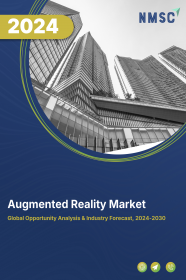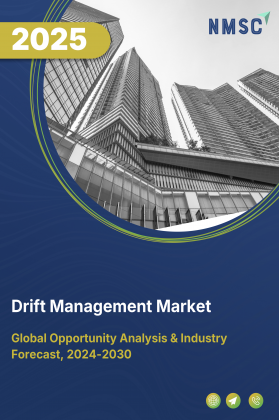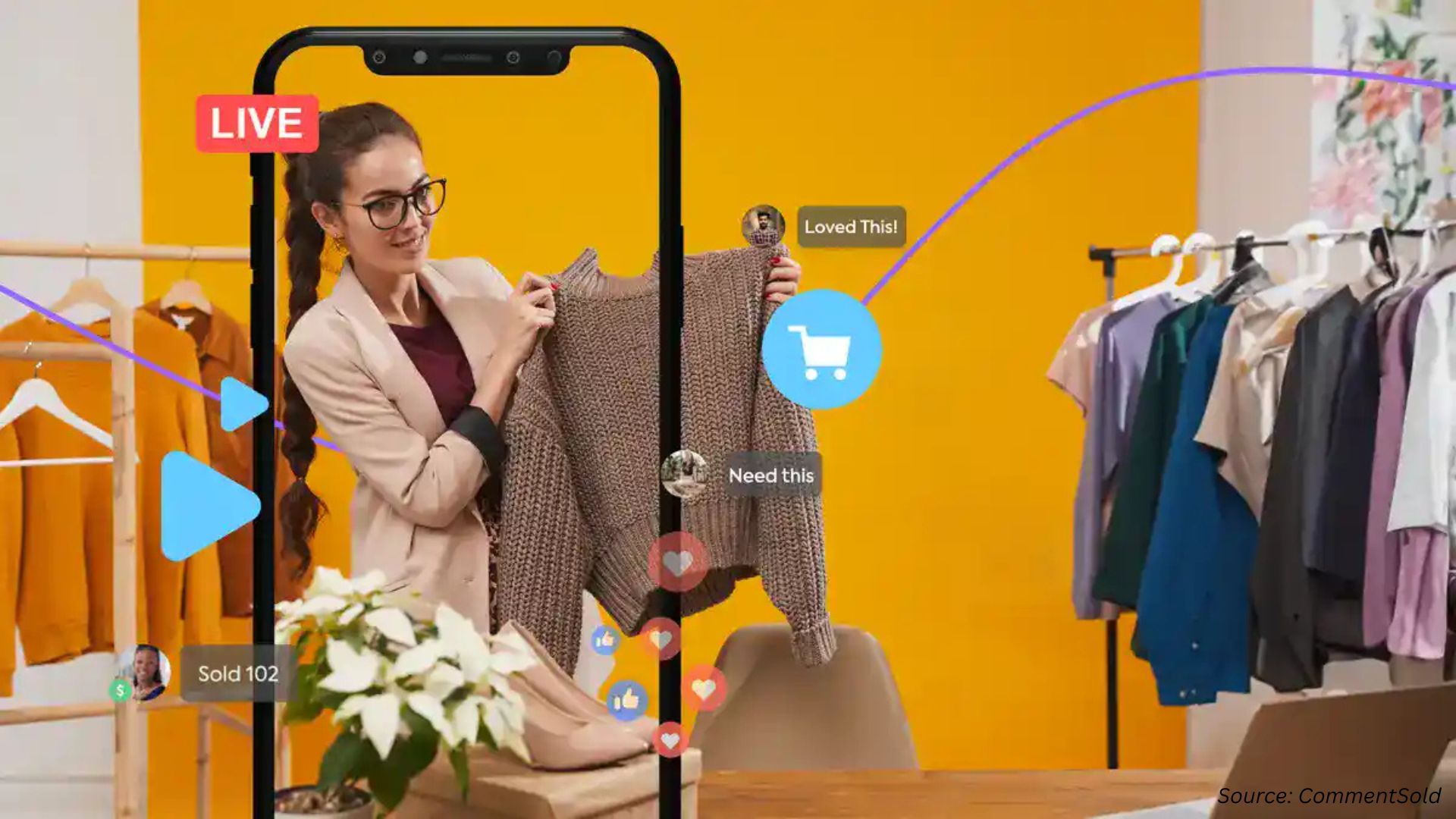
Augmented Reality Market by Component (Hardware and Software), by Device Type (Head Mounted Display, Heads Up Display, Handheld Devices, Stationary AR Systems, Smart Glasses, and Others), by Organization Size (Large Enterprises and Small & Medium Sized Enterprises), by Technology (Marker-Based AR Technology, Markerless AR Technology, and Anchor-Based AR Technology) and by End-User (Gaming, Entertainment & Media, Aerospace & Defense, Automotive, Healthcare, Education, Manufacturing, Retail, and Others)- Global Opportunity Analysis and Industry Forecast 2023-2030
Market Definition:
The global Augmented Reality Market size was valued at USD 34.63 billion in 2022 and is predicted to reach USD 515.51 billion by 2030 with a CAGR of 40.2% from 2023-2030. Augmented reality refers to a technology that overlays computer-generated content, such as images, videos, or 3D models, onto the real-world environment. It enables users to experience an enhanced and interactive view of the physical world by blending digital elements with real-world surroundings.
Through the use of AR-enabled devices, such as smartphones, tablets, smart glasses, and headsets, users can see and interact with virtual objects that appear to coexist with the real environment. Augmented reality has applications across various industries, including gaming, education, healthcare, architecture, and marketing, offering a wide range of immersive and engaging experiences to users.
Market Dynamics and Trends
The increasing demand for immersive and interactive experiences in various applications such as gaming, entertainment, and education is driving the growth of augmented reality market. For instance, in June 2023, Apple launched its AR headset called VisionPro, offering users immersive gaming experiences within the metaverse. The AR headset utilizes integration of advanced technology and smooth gaming platform to revolutionize user interactions with virtual worlds. This propels significant growth in the gaming domain of the AR market.
Moreover, the widespread availability of high-speed internet and the increasing adoption of mobile devices, facilitating easy access to AR content is further boosting the growth of the market. Furthermore, increasing investment by major players across the globe in R&D for the development of advanced AR technologies is further boosting the growth of the market. For instance, in March 2023, Meta announced to invest in the development of its first smart glasses with a display and a neural interface smartwatch in 2025, followed by full-fledged AR glasses in 2027. The new AR will be two times thinner and twice as powerful as compared to its predecessor.
However, high costs associated with the deployment of AR integrated systems as well as increasing prices of AR devices such as smart glasses and head-mounted displays are the factors that restrains the growth of the market during the forecast period. On the contrary, the expansion of 5G networks to support augmented reality experiences by providing AR applications with higher data speeds and low latency rate is expected to create ample growth opportunities for the augmented reality market in the coming years.
Market Segmentations and Scope of the Study
The augmented reality market share is segmented on the basis of component, device type, organization size, technology, end user and geography. On the basis of component, the market is divided into hardware and software. On the basis of device type, the market is classified into head mounted display, heads up display, handheld devices, stationary AR systems, smart glasses, and others. On the basis of organization size, the market is categorized into large enterprises and small & medium sized enterprises.
On the basis of technology, the market is divided into marker-based AR technology, markerless AR technology, and anchor-based AR technology. On the basis of end user, the market is segmented into gaming, entertainment & media, aerospace & defense, automotive, healthcare, education, manufacturing, retail, and others. Geographic breakdown and analysis of each of the aforesaid segments includes regions comprising of North America, Europe, Asia-Pacific, and Rest of the World (RoW).
Geographical Analysis
North America holds the dominant share of the augmented reality market at present and is expected to continue its dominance during the forecast period. This is due to the increasing government initiatives to adopt and deploy advanced technologies such as artificial intelligence (AI) and augmented reality (AR) the defense sector, specifically for training and simulation purposes. For instance, in March 2021, Microsoft partnered with U.S. Army to produce modified versions of its HoloLens augmented reality headsets. The customized HoloLens devices provides soldiers with enhanced situational awareness on the battlefield, including features such as thermal sensing and night vision capabilities.
Also, the presence of key market players such as Google Inc., Vuzix Corporation, and Apple Inc plays a major role in the growth of the augmented reality industry in this region. For instance, in May 2022, Google acquired Raxium to expand its microLED display technology for augmented reality (AR) and virtual reality (VR) applications. The acquisition signals Google's commitment to advancing AR and VR displays, potentially leading to more immersive and visually stunning experiences for users in the future.
On the other hand, Asia-Pacific is expected to show a steady rise in the augmented reality market. This is due to the growing adoption of 5G networks in countries such as China, India, and Indonesia, that enables AR technology to process large amounts of data, faster data transmission speed, and reduced latency for more immersive and realistic AR experiences. For instance, in April 2022, Global System for Mobile Communications (GSMA) has set out 5G roadmap for the Asia Pacific region that offered an opportunity for the growth of the augmented reality (AR) market in the region.
Moreover, rising government initiatives for accelerating digital technology and promoting the utilization of AR technology in various sectors such as education, healthcare, and manufacturing is fueling the Asia Pacific market growth. For instance, in September 2021, The National Institution for Transforming India (NITI Aayog) collaborated with Amazon Web Services and Intel Corporation to establish NITI Aayog Frontier Technologies Cloud Innovation Center (CIC) in India. The new center aims to showcase the potential of technologies such as artificial intelligence (AI), machine learning (ML), Internet of Things (IoT), augmented reality and virtual reality (AR/ VR).
Competitive Landscape
The augmented reality industry comprises of various market players such Samsung Electronics, Apple Inc, Vuzix Corporation, Meta, Qualcomm Technologies, Magic Leap, Sony Corporation, NVIDIA Corporation, Google Inc, Microsoft Corporation, and Others. These market players are adopting various product launches as their key developmental strategies across various regions to maintain their dominance in the augmented reality industry.
For instance, in June 2022, Epson launched the Moverio BT-45C and BT-45CS, a new generation of augmented reality (AR) smart glasses, designed to perform critical tasks such as troubleshooting, maintenance, inspection, and training. These glasses provide a high-quality AR viewing experience and allow for hands-free collaboration between onsite technicians & remote experts, by increasing efficiency, safety, and reducing downtime.
Also, in September 2021, Samsung launched an augmented reality (AR) feature that offers shoppers a virtual hands-on experience, allowing them to visualize and interact with products from the comfort of their own homes. The AR shopping experience, accessible through the Samsung Members app, enhances the convenience and engagement for consumers, providing a unique way to explore and make informed purchasing decisions.
Key Benefits
-
The augmented reality market report provides the quantitative analysis of the current market estimations throughout 2023-2030 that assists in identifying the prevailing industry opportunities to capitalize on.
-
The study comprises a deep dive analysis of the augmented reality market, including the current and future trends, depicting the prevalent investment pockets in the industry.
-
The information related to key drivers, restraints and opportunities and their impact on the augmented reality market is provided in the report.
-
The competitive analysis of the market players along with their market share is mentioned in the report.
-
The SWOT analysis and Porter's Five Forces model is elaborated on in the study.
-
Value chain analysis in the market study provides a clear picture of the stakeholders’ roles.
Augmented Reality Market Key Segments
By Component
-
Hardware
-
Software
By Device Type
-
Head Mounted Display
-
Heads Up Display
-
Handheld Devices
-
Stationary AR Systems
-
Smart Glasses
-
Others
By Organization Size
-
Large Enterprises
-
Small & Medium Sized Enterprises
By Technology
-
Marker-Based AR Technology
-
Markerless AR Technology
-
Anchor-Based AR Technology
By End User
-
Gaming
-
Entertainment & Media
-
Aerospace & Defense
-
Automotive
-
Healthcare
-
Education
-
Manufacturing
-
Retail
-
Others
By Region
-
North America
-
U.S
-
Canada
-
Mexico
-
-
Europe
-
UK
-
Germany
-
France
-
Italy
-
Spain
-
Denmark
-
Netherlands
-
Finland
-
Sweden
-
Norway
-
Russia
-
Rest of Europe
-
-
Asia-Pacific
-
China
-
Japan
-
India
-
South Korea
-
Australia
-
Indonesia
-
Singapore
-
Taiwan
-
Thailand
-
Rest of Asia-Pacific
-
-
RoW
-
Latin America
-
Middle East
-
Africa
-
Key Players
-
Samsung Electronics
-
Apple Inc
-
Vuzix Corporation
-
Meta
-
Qualcomm Technologies
-
Magic Leap
-
Sony Corporation
-
NVIDIA Corporation
-
Google Inc
-
Microsoft Corporation
REPORT SCOPE AND SEGMENTATION:
|
Parameters |
Details |
|
Market Size in 2022 |
USD 34.63 Billion |
|
Revenue Forecast in 2030 |
USD 515.51 Billion |
|
Growth Rate |
CAGR of 40.2% from 2023 to 2030 |
|
Analysis Period |
2022–2030 |
|
Base Year Considered |
2022 |
|
Forecast Period |
2023–2030 |
|
Market Size Estimation |
Billion (USD) |
|
Growth Factors |
Increasing demand for immersive and interactive experiences in various applications such as gaming, entertainment, and education Widespread availability of high-speed internet and smartphone adoption Increasing investment in R&D for the development of advanced AR technologies |
|
Countries Covered |
28 |
|
Companies Profiled |
10 |
|
Market Share |
Available for 10 companies |
|
Customization Scope |
Free customization (equivalent up to 80 working hours of analysts) after purchase. Addition or alteration to country, regional, and segment scope. |
|
Pricing and Purchase Options |
Avail customized purchase options to meet your exact research needs. |




















 Speak to Our Analyst
Speak to Our Analyst

























